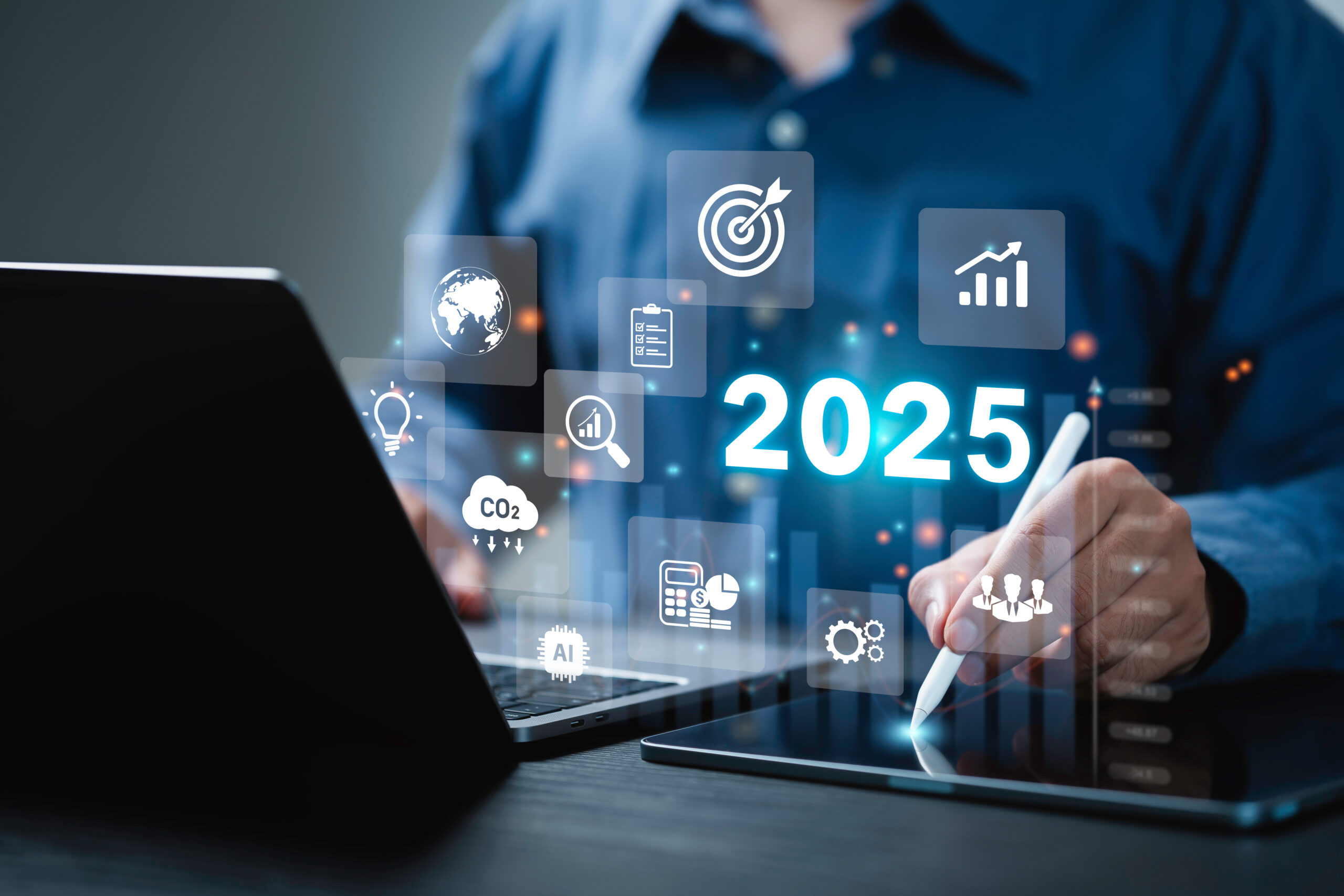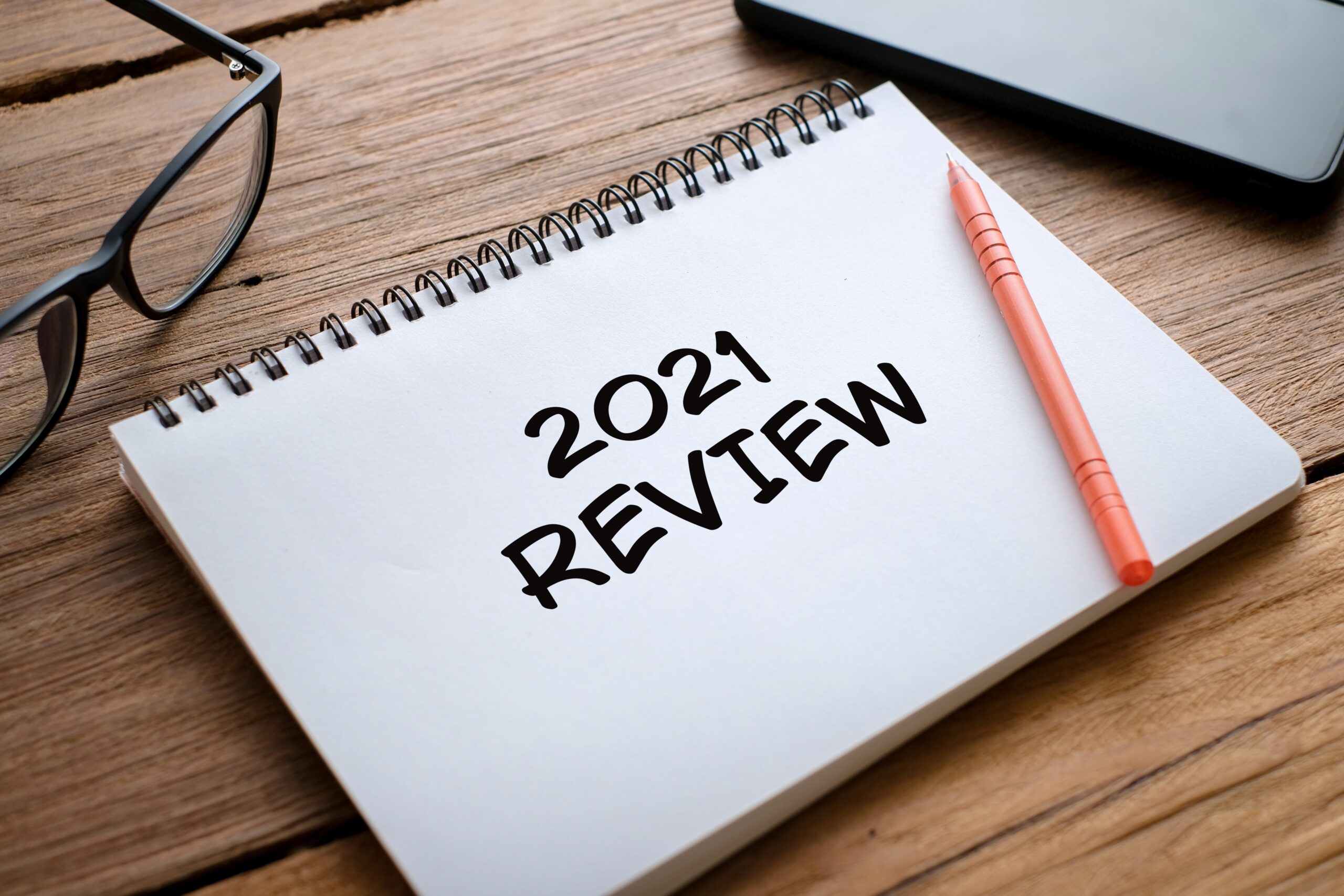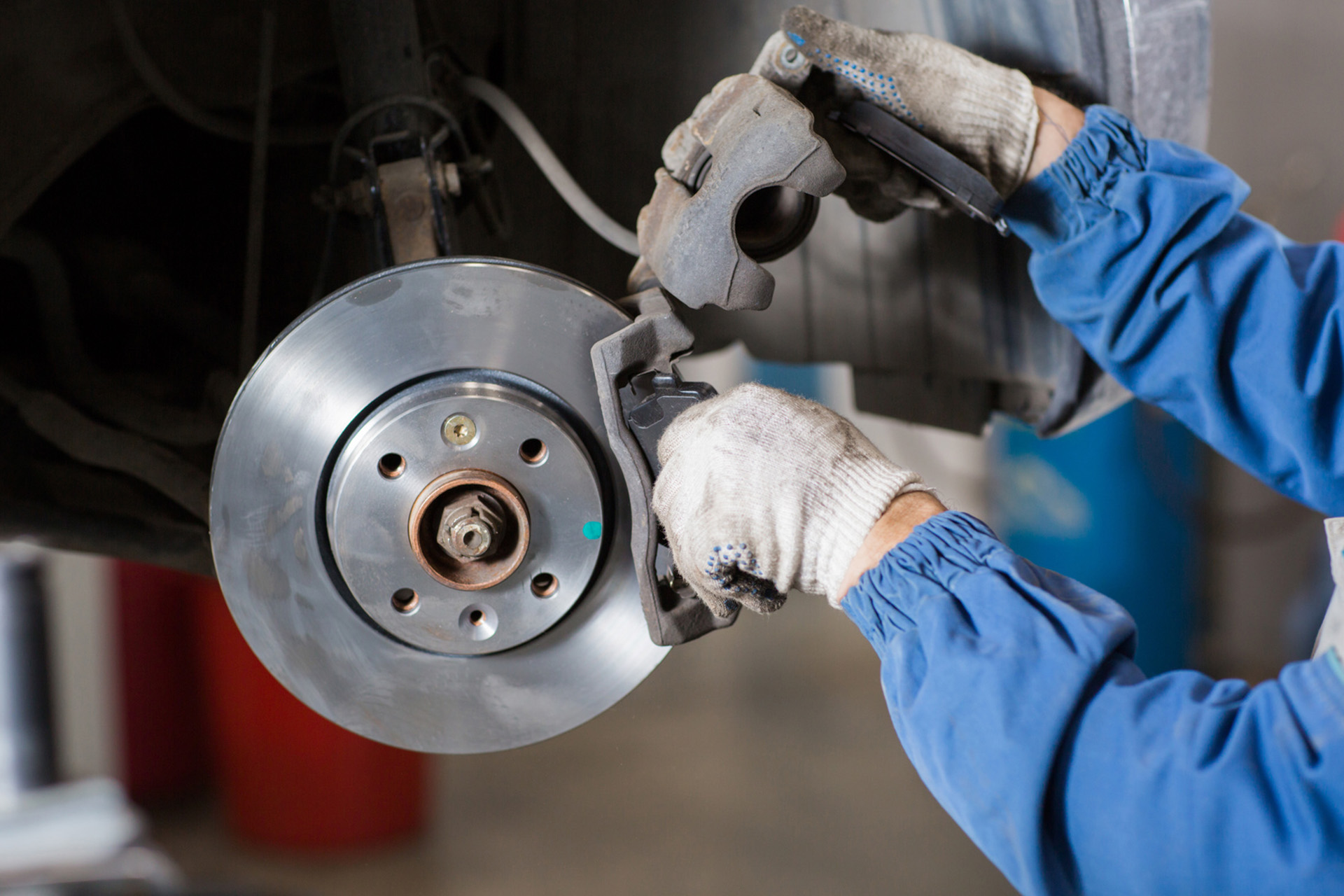It’s a fact: driving is one of the most dangerous jobs in Australia, with truckers, in particular, having a 13-fold higher risk of dying while on the job.
Drivers have a multitude of hazards to watch out for, including other traffic, dangerous weather, theft, and health issues like obesity and high blood pressure—all of which pose a serious threat to your team. That’s before we even factor in the mental health strain that comes from being a fleet driver: long hours on the road, occupational stress and time away from family all take their toll.
As a fleet manager, it’s your job to make sure your drivers are happy, safe and supported. A happy workforce is more productive, and drivers under less stress are less likely to succumb to bad practices like road rage and driving while tired.
Here’s how you can support your team.
1. Identify Behaviours That Increase Risk
Speeding, harsh braking and distracted driving are common behaviours that endanger the driver and other road users. These practices also take their toll on the vehicle itself, causing wear and tear, increasing the risk of collision and draining fuel faster. It’s vital fleet managers track driver behaviour to catch bad habits early on.
According to AAMI’s 2018 Crash Index, Australia’s most common vehicle accident is nose-to-tail rear-end crashes, making up 31% of all road collisions. This is most commonly caused by speeding, failure to pay attention and not leaving enough braking distance between vehicles.
These types of accidents can be minimised through regular training and feedback. GPS vehicle trackers can be another arrow in the fleet manager’s quiver: these devices monitor your driver’s behaviour in real-time. If the device detects bad driving, both the driver and the fleet manager can be alerted in real-time. The driver can then change their driving accordingly and the fleet manager has data that can be used in future training and feedback sessions.
2. Educate Drivers on Best Practices
Good communication forms the backbone of a well-run fleet. Giving drivers regular feedback, training and praise when they’ve done well helps them feel supported and motivated, which in turn fosters good behaviour and a willingness to do better.
Best practices go beyond simply following the rules of the road. With 1 in every 5 Australians suffering from a mental illness, it’s important to support the mental wellbeing of your drivers. According to psychotherapist Edy Nathan, it’s important for drivers to listen to their instincts.
“I’m sure that some drivers ignore it because they’ve got things they have to be doing and places they need to be… they’ve got time restraints, and maybe they’re driving at night, so perhaps there’s also sleep disorientation. They ignore the cues, and when they ignore the cues, there’s danger. That loneliness then moves into depressions, grief or losing a sense of the self,” he said.
Mental health is still considered a taboo topic among many, so talking openly about it will help remove that stigma, open up the doors of communication and signal to drivers that it’s okay to put their needs first.
3. Make Your Company Policies Clear
Things are easier when everyone knows where they’re going and how to get there. This is what your company policy should be: a map that keeps everyone on the same page so they can do their jobs well. Some company policy tips include:
- Ensuring your company policies are updated whenever relevant new laws come into effect.
- Make sure the language is clearly written and understood by everyone— including those for whom English is not their first language.
- Make your company policy easy to access. Paper documents, posters around the workplace, booklets for glove compartments and digital copies stored on your fleet management software are all good options.
- People process information differently, so communicate the policies verbally and in a variety of other ways. Workshops, games and one-on-ones are all options to consider.
- Brush up on your communication skills so that any message you convey is clear, inspiring and comes across as authentic and honest.

When it comes to effectively leading a team and getting a message across, good communication skills are a must (Image Source).
4. Leverage Data to Improve Performance
The proof is in the pudding: with accurate data at your fingertips, you can monitor your fleet’s performance with ease. You can also provide fact-based feedback to your drivers, who can see their performance broken down into indisputable figures. With telematics, you can get a top-down view of your entire fleet, or hone in on a specific vehicle and monitor performance over time. Armed with this kind of detailed data, fleet managers can tailor feedback to each driver, improving the quality of their training.
5. Enforce Rules and Create Reward-Based Results
Telematics isn’t just about identifying issues. Fleet data can also be used to reward good driving. Employees respond well to positive reinforcement, so make it a priority to reward good behaviour. One option is to gamify performance: create a leaderboard and offer incentives to those who do well.
With Vision, Fleet Complete’s video dash-camera solution, you can add an extra layer of driver coaching thanks to live in-cab feedback and an app with video replay, a leaderboard and personalised scorecards. This allows drivers to see where there’s room for improvement and how their driving measures up with that of their colleagues.
As well as helping to minimise fuel costs, constantly working towards improving driver behaviour has the added benefit of reducing vehicle wear and tear and lowers the chances of one of your vehicles being involved in an accident—something that could have devastating consequences.
Fleet managers have a tough job ensuring the business, including their drivers, is running smoothly. Fortunately, with telematics and real-time coaching tools, your drivers will have the best support available.
If you’re interested in supporting and protecting your drivers, get started today by trying out our Fleet Complete demo.






